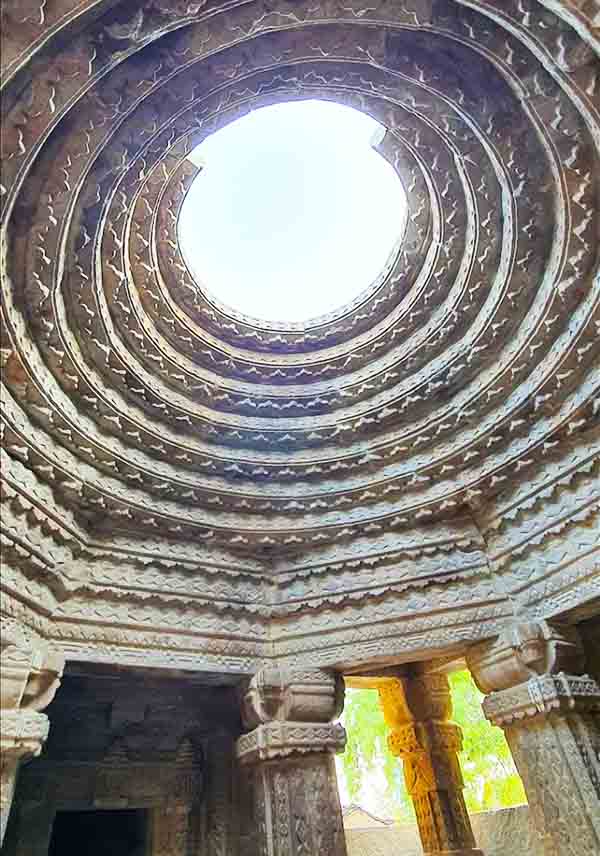The architectural brilliance, engineering ingenuity and artistic excellence of the Chandelas is best appreciated in their capital city of Mahoba. Their contribution to art, sculpture, architecture and literature is expressed in their unique style, technique, structural features and design elements in every edifice they built in Mahoba, Kalinjar, Ajaigarh and Khajuraho.
It is greatly unfortunate that though the Chandelas had built up a formidable reputation of being master builders and patrons of art and architecture, their golden period in Akhanda Bharat was relegated to obscurity by “eminent historians” who chose to write lengthy articles and books on the “contributions” of successive Muslim invaders and the British, who according to them “defined” the history, heritage and culture of Akhanda Bharat.
Despite being denied the tribute they richly deserve, the magnificent temples of the Chandelas speak volumes of their grandeur, charm and grace. One of the most impressive temples built by them is the Makarbai Temple located in Makarbai village, a little distance away from Mahoba.
Makarbai Temple has three sanctums placed around a central hall that has an intricately detailed circular open roof. It is unusual to see three shrines planned at 60 degrees to each other with a separate pillared mandapa and antarala.
One shrine has Lord Shiva in the yogic posture in the Lalata Bimba, one appears to be Lord Vishnu sitting in the centre of the lintel and the other might have been dedicated to Lord Brahma. The entrance doorways are highly ornamental with beautiful mouldings and sculptures on either side and on the lintel.
This rare grouping of temples is a visual delight with auspicious Hindu iconography, foliage and floral patterns and repetitive linear elements on the external facades. This temple is built in the Nagara style of architecture and has an imposing shikhara over the three garbha grihas.
This temple is a protected monument of the Archaeological Survey of India (ASI).
Written by Lakshmi Subramanian
* Photos are only symbolic (Taken from public domain/internet and any copyright infringement is unintentional and regrettable)


Leave a comment